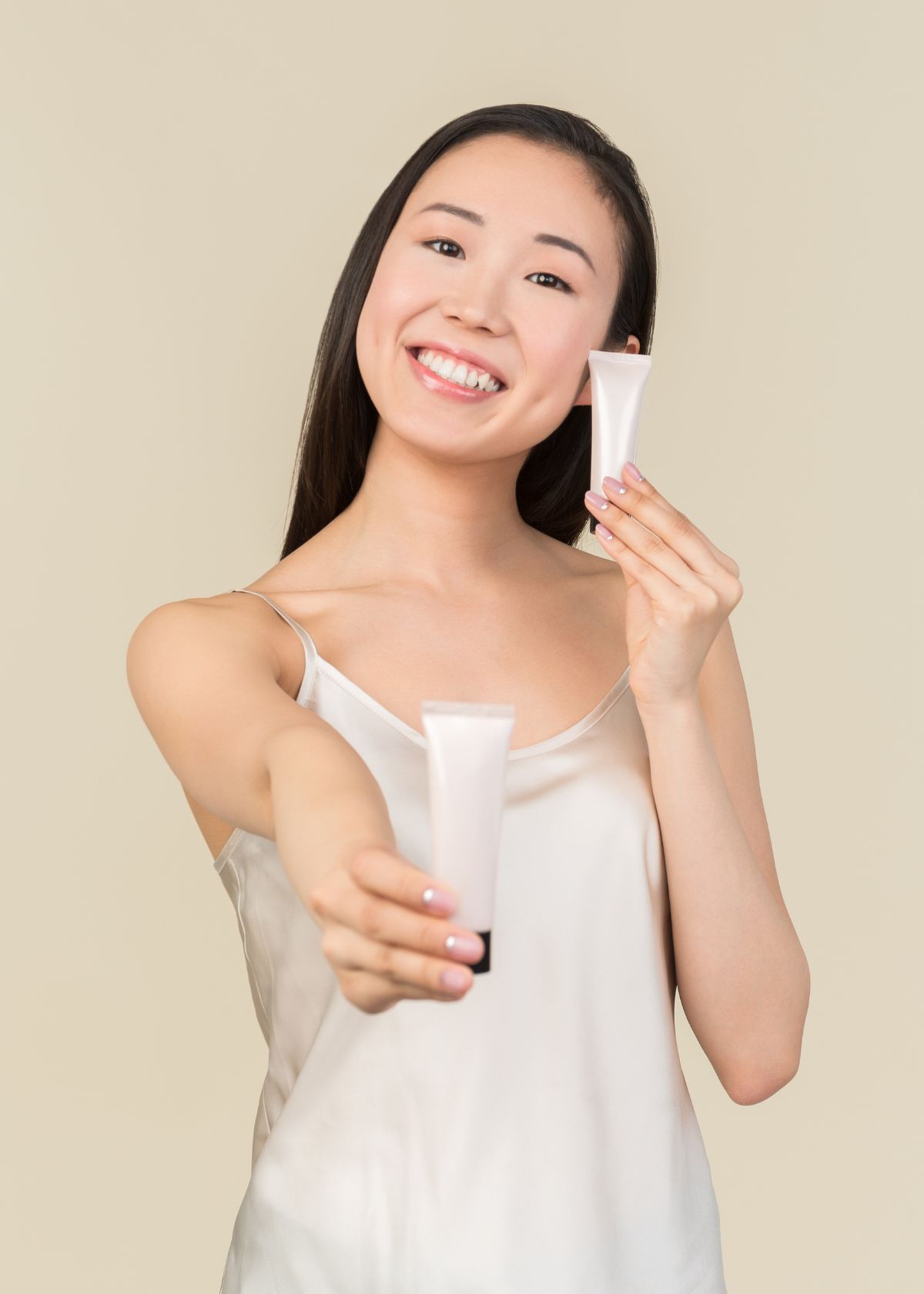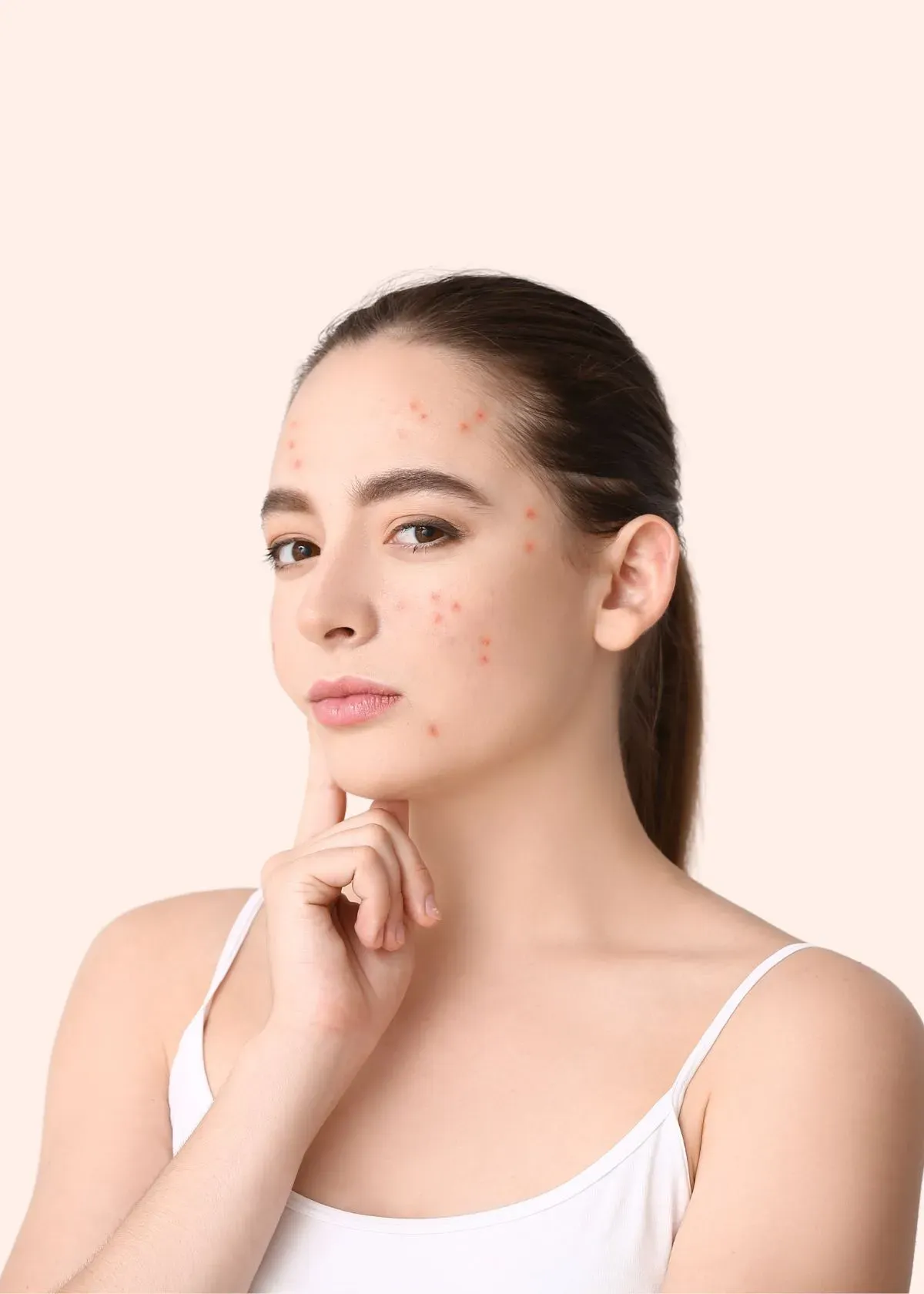Dealing with acne is more than a superficial concern – a battle that can take a toll on our self-esteem. And when it comes to makeup, the thought of exacerbating skin issues can be enough to make you want to steer clear altogether.
Through my journey and plenty of trial and error, I've discovered some game-changing advice designed just for us—those who wake up planning our day around our skincare routine.
One gem I’ve unearthed is that mineral-based makeup isn't just about camouflaging those pesky blemishes; it’s also gentle enough not to provoke your skin into an unwelcome breakout ballet.
In this post, we will explore how to wear makeup that cherishes your delicate dermis while dishing out strategies for applying them to achieve a desirable canvas.
- Choose matte, non-comedogenic, and mineral-based foundations to manage acne-prone skin effectively.
- Prepare your skin by cleansing, toning, and applying a water-based primer for smoother foundation application.
- Utilize color correctors like green for redness and peach or orange for dark spots to even out the complexion before foundation.
- Apply foundation with stippling motions for textured skin and blend with a beauty blender for a natural finish.
- Set makeup with a delicate translucent setting powder to maintain coverage and control shine throughout the day.
Choosing the Right Products
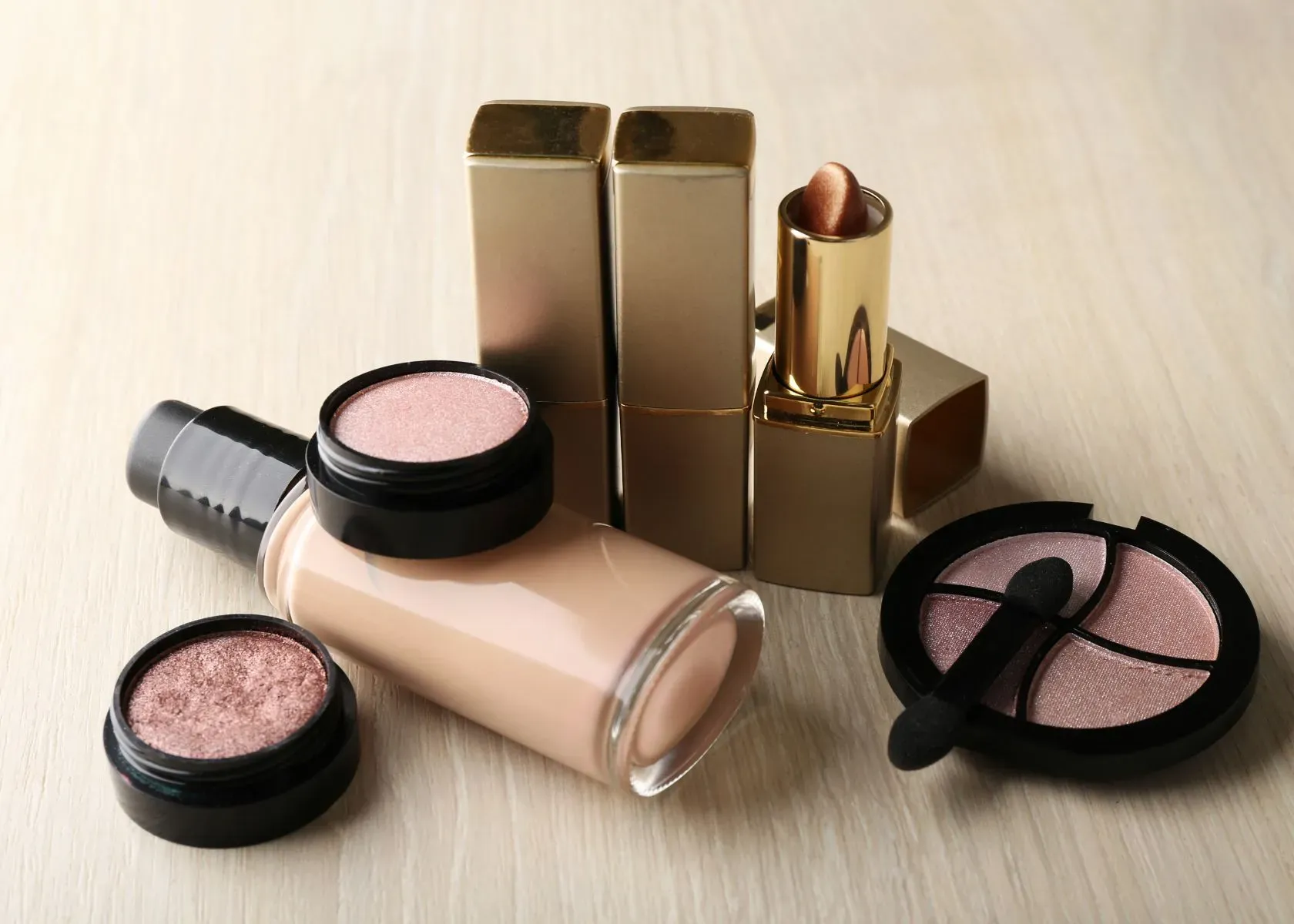
When dealing with acne-prone skin, choosing the right foundation products is important. Opt for matte over dewy finishes, avoid comedogenic ingredients, and look for mineral-based options to keep your skin looking its best. However, make sure you follow your skin care routine.
Opt for matte over dewy finishes
Matte finishes are my go-to choice for a polished look that helps to conceal blemishes. Unlike dewy foundations, matte ones won't highlight imperfections or make my skin look oily.
I always recommend using makeup designed for acne-prone skin, especially mineral-based products. They're less likely to clog pores or trigger breakouts - something I'm very cautious about.
With matte formulas, I can build coverage where needed without worrying about exacerbating any existing acne issues. Make sure to use makeup brushes that are clean when putting on makeup.
Avoid products with comedogenic ingredients
When choosing a foundation for acne-prone skin, I prioritize non-comedogenic products to prevent clogged pores. Comedogenic ingredients can exacerbate acne by blocking the skin's natural oil secretion and trapping bacteria, dead skin cells, and debris.
By opting for non-comedogenic options, like mineral-based foundations or those labeled suitable for acne-prone skin, I ensure that my makeup does not contribute to further breakouts.
It's essential to be mindful of product labels and ingredient lists, particularly avoiding common comedogenic culprits such as coconut oil, algae extract, and certain waxes.
Look for mineral-based options
When choosing a foundation for acne-prone skin, selecting mineral-based options is crucial. Mineral makeup tends to be non-comedogenic and gentle on the skin, making it less likely to clog pores or exacerbate acne.
Additionally, mineral-based foundations often contain natural ingredients that can soothe irritated skin and provide coverage without causing further breakouts.
Individuals with acne-prone skin can achieve a smoother complexion by opting for mineral-based options while minimizing the risk of aggravating existing blemishes.
Prepping Your Skin
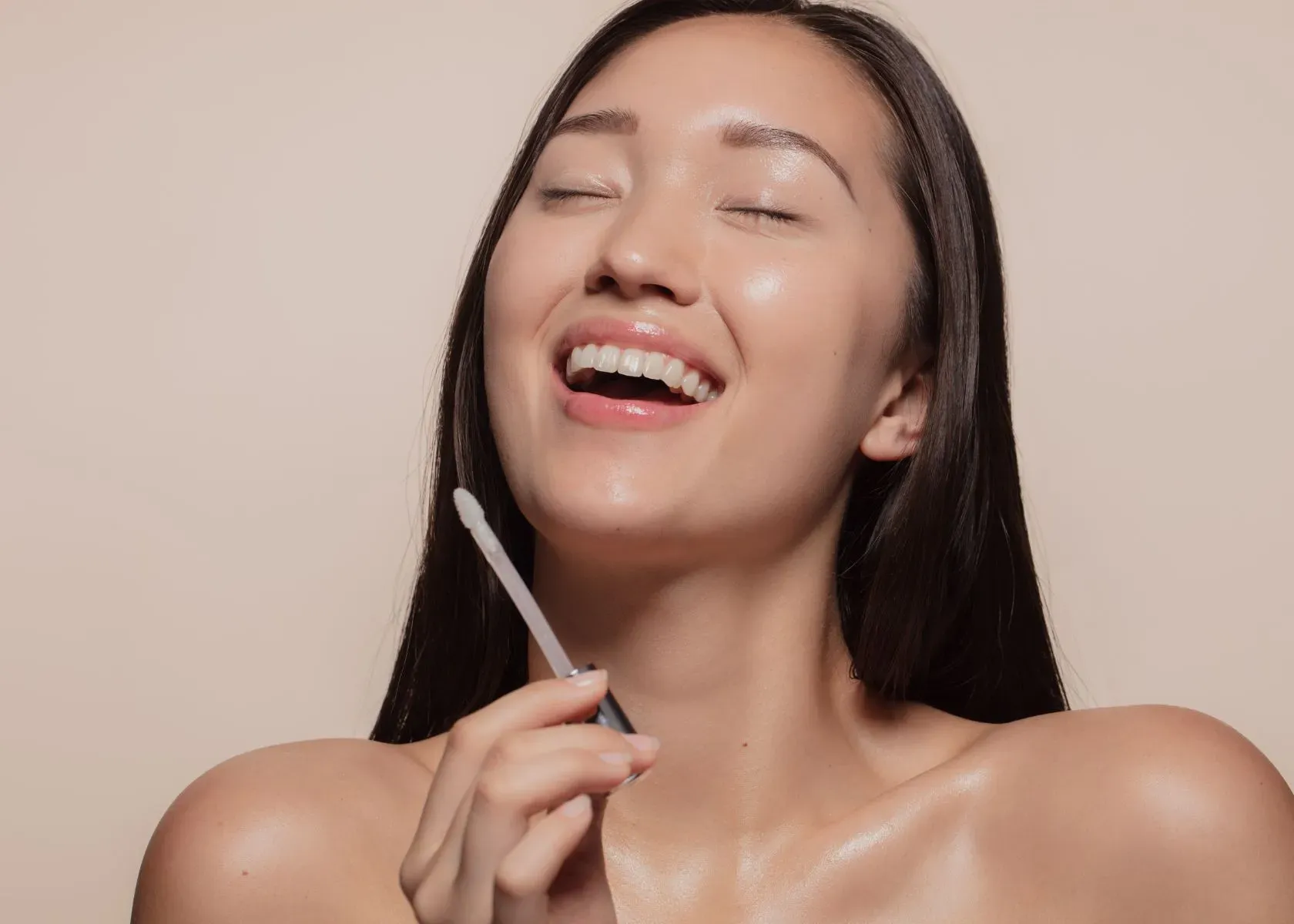
Before applying foundation, prepping your skin is crucial. Start by cleansing your face to remove any dirt and oil buildup. This is necessary for your dry skin, sensitive skin, and oily skin. Then, use a toner to balance your skin's pH level and remove excess oils. Finish off with a water-based primer to create a smooth canvas for your foundation application.
Cleanse your face before applying makeup
Before applying makeup, I cleanse my face to remove dirt, oil, or leftover skincare products. This helps create a clean canvas for the makeup and prevents clogged pores that can lead to acne breakouts.
Using a gentle cleanser suited for my skin type ensures that my skin is free from impurities without stripping it of its natural oils.
I massage the cleanser onto damp skin using gentle circular motions before rinsing with lukewarm water. Patting my face dry with a clean towel avoids unnecessary irritation and maintains the skin's moisture balance.
By thoroughly cleansing my face, I lay the foundation for flawless makeup application while maintaining healthy, clear skin.
Use a toner to remove excess oils
After cleansing my face, I use a toner to remove excess oils and any remaining impurities. This step helps to balance the skin's pH levels and prevents further breakouts. A toner also preps the skin for better absorption of moisturizers and makeup, creating a smoother canvas for applying foundation.
Toning is essential for acne-prone skin as it can help minimize pore size and reduce inflammation. Look for toners with witch hazel, salicylic acid, or tea tree oil to target acne-causing bacteria while controlling excess oil production.
Apply a water-based primer
When prepping my skin for makeup, I use a water-based primer. This type of primer is light and non-greasy, allowing makeup to adhere better while hydrating the skin giving a smooth base for foundation application.
I opt for a water-based primer as it helps to control excess oil production without clogging pores – an especially important consideration when dealing with acne-prone skin. Using this primer type, I can ensure that my makeup lasts longer and stays in place throughout the day.
Color Correcting
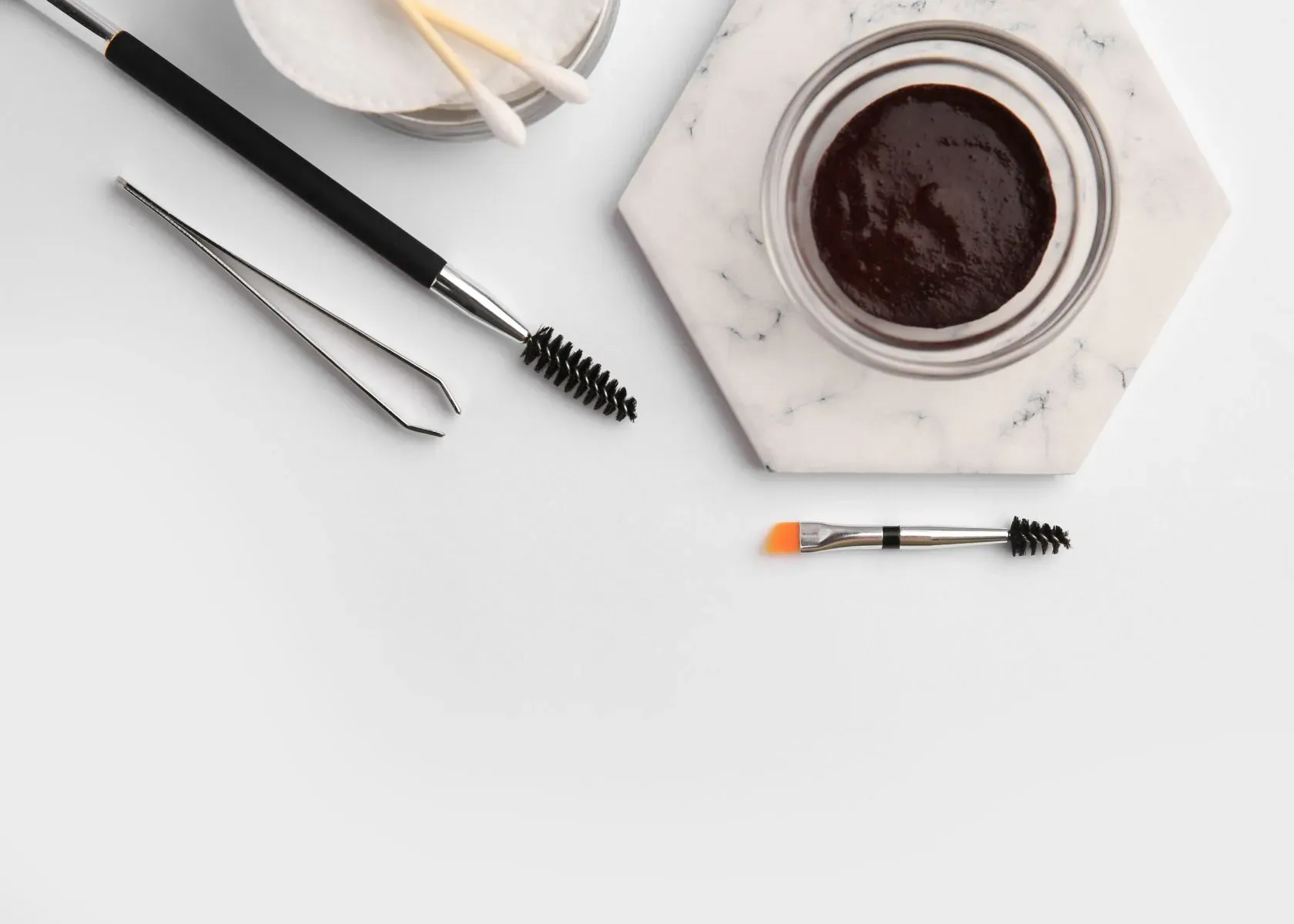
Use a green color corrector for redness and a peach or orange color corrector for dark spots to create a smoother canvas before applying foundation. Read more about how to perfect your foundation routine for acne-prone skin in the full blog post!
Use a green color corrector for redness
When dealing with redness, acne blemishes, or other skin conditions, using a green color corrector can help neutralize the appearance of red areas on your face. Mineral-based makeup lines often offer green color correctors suitable for acne-prone skin.
These products are non-comedogenic and can provide natural-looking coverage without clogging the pores of your oily skin, helping to minimize the visibility of redness.
Use a peach or orange color corrector for dark spots
To conceal dark spots caused by acne, I use a peach or orange color corrector before I apply makeup. These shades help neutralize the darker pigmentation and create an even base for my makeup.
When applied correctly, the right shade will seamlessly blend into your skin tone and can make a significant difference in minimizing the visibility of acne-related hyperpigmentation.
Applying Foundation
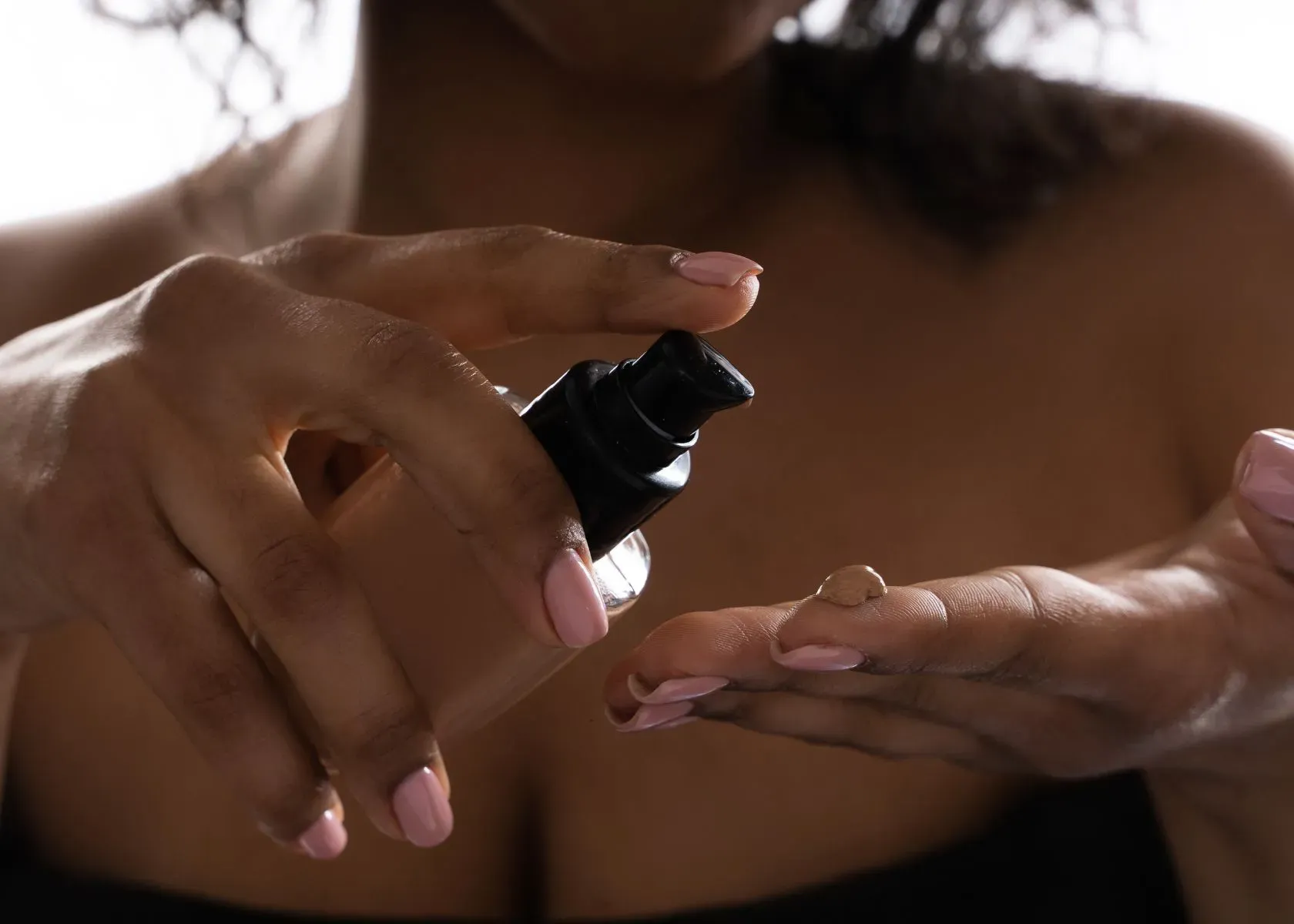
I prefer a stippling motion when applying foundation on my acne-prone skin for better coverage and then blend it with a beauty blender for a natural finish.
Use a stippling motion for textured skin
Stippling allows for buildable coverage, making it easier to layer foundation over blemishes and uneven areas without looking heavy or cakey. This method works well with both liquid and cream foundations, providing a seamless application for textured skin users.
Use a beauty blender for a natural finish
After using a stippling motion to apply foundation for textured skin, I switch to a beauty blender for a natural finish. The beauty blender ensures an even application by blending the foundation seamlessly into the skin. Finish off with a mineral powder.
FAQs - Foundation Tips Acne
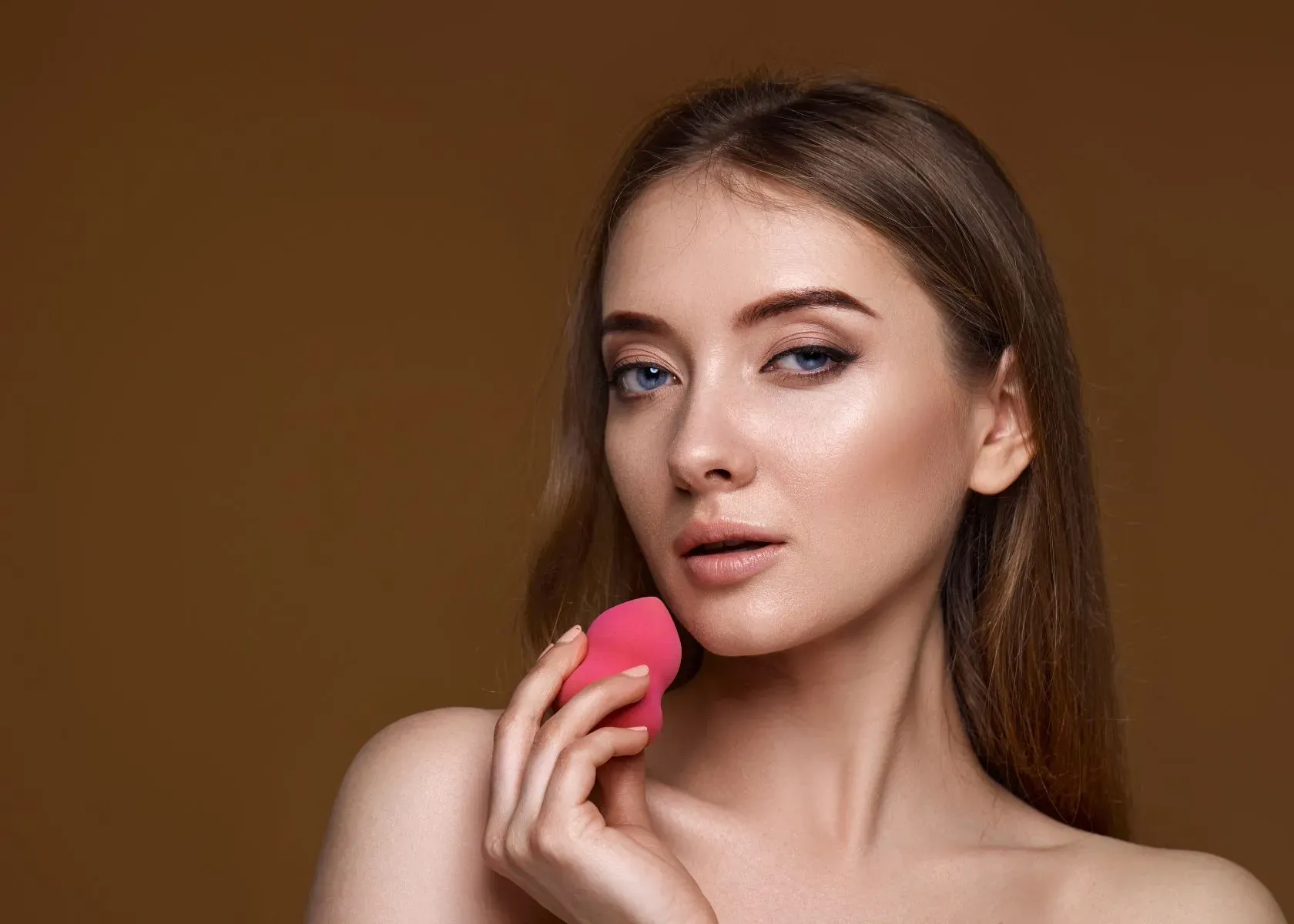
How do I choose the right foundation for acne-prone skin?
To pick a foundation for acne-prone skin, look for dry or liquid foundation options labeled non-comedogenic, as they are less likely to clog pores and work well with your complexion concerns.
What's the best way to conceal acne with makeup?
The best way to conceal acne is by using a concealer that matches your skin tone to cover pimples, followed by an acne coverage makeup that provides a smooth finish.
Can makeup tips help with covering up my acne scars?
Makeup tips such as gently dabbing on concealer can effectively hide dark and textured acne scars when done correctly as part of your beauty routine. However, you should also try to treat acne by consulting a dermatologist.
Conclusion
The key to flawless foundation application for acne-prone skin lies in selecting the right products and using effective techniques. These practical tips can significantly improve your makeup routine and help conceal acne without causing further irritation.
Experiment with different color-correcting methods to find what works best for your specific concerns. Remember, choosing non-comedogenic makeup is crucial for preventing clogged pores and breakouts. Have you tried incorporating these strategies into your beauty routine?
References
- InformedHealth.org [Internet]. Cologne, Germany: Institute for Quality and Efficiency in Health Care (IQWiG); 2006-. Skin care for acne-prone skin. 2013 Jan 16 [Updated 2019 Sep 26]. Available from: https://www.ncbi.nlm.nih.gov/books/NBK279208/
- I have acne! Is it okay to wear makeup? (n.d.). https://www.aad.org/public/diseases/acne/causes/makeup
Learn More About Other Related Topics of Makeup Foundations

